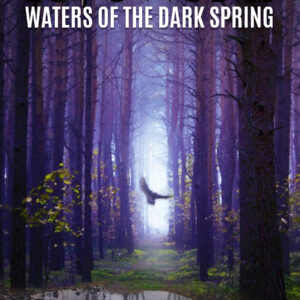
Have you ever glanced through a young-adult fantasy novel and felt like you were in another world? The excitement is not purely about magical creatures and quests. It is about world-building as the art of designing a credible and gripping environment for your narrative. This is how YA fantasy comes alive in the eyes of young readers.
Imagine a World You Can See, Smell, and Hear
Worldbuilding surpasses that single excellent map on the first page. It requires using words to draw pictures in the minds of readers by creating sensory experiences that are complete. Does thick and humid air fill up swamps polluted by giant insects? Is there an overfilled marketplace with scents of exotic spices intermingling with different languages spoken in confusion? Every texture, from clothes to taste, helps readers genuinely feel they are there.
How Magic Systems Enrich YA Fantasy
Each world has its own rules. In fantasy, these may take the form of magic. Do rare crystals produce magic, or can it be learned by anyone who practices it? Are there any repercussions attached to the use of powerful spells? Having a magic system enhances the depth of the world, making it more intriguing. This way, young readers will explore possibilities within such limits.
The People Make the Place
Lands are not just landscapes but also people occupying them. By doing so, world-building enables the creation of unique societies with their customs, traditions, and even clothing styles. Think up a society whose dwellers move around on considerable birds in the skies, or imagine amphibian mermaids ruling under a water kingdom that humans cannot access easily. These minute details create a real-life look and stir the reader’s imagination.
History Whispers in the Wind
Every world has its past, which can be explored through fantasy adventure books for young adults, too. Are ancient ruins communicating something about an abandoned civilization? So, do people around campfires tell tales full of legendary heroes or horrifying monsters? A rich history adds layers to the world and makes readers curious about its past and future.
How Worldbuilding Impacts the Story
Worldbuilding is not just an additional decoration but forms part of the story plot. The world’s unique characteristics can be a challenge to the characters, determining their decisions or molding their personalities. Imagine a young protagonist who has to learn how to harness magic in a society that fears it or a group of pals navigating through a dangerous desert singling out an unknown cure. This way, it becomes another character in the plot, driving it forward with even more intensity.
And so next time you want a captivating YA fantasy tale, do take note of all that world-building that goes into making such stories possible. That’s why there is invisible magic that helps someone step from this reality into another one by accompanying their favorite characters throughout their journey.






